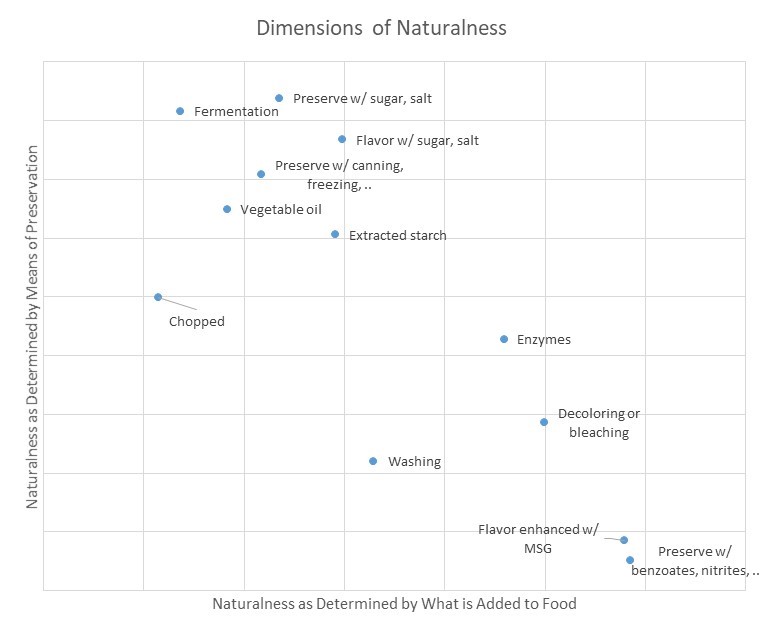I recently listened to an episode of a Radiolab podcast entitled There and Back Again. The episode is about the history of science related to the migratory patterns of birds and other animals. It seems our forebearers had some far-fetched answers to the question “where do the animals go in the winter?” Some folks apparently thought birds transformed into other species or even flew to the moon to escape winter. The episode also delves into the modern day science of tracking animal migratory patterns using sensors and satellites. It’s amazing how many thousands of miles animals, birds, fish, and insects travel on an annual basis; there are even some birds that fly annually from the north to south pole.
All this got me thinking about our modern-day discussions about food and agriculture. A popular notion today is that we should eat what is local and eat what is in season, and there is a notion that eating in this manner is more natural, perhaps closer to the “good old days” when our ancestors weren’t plagued by the modern conveniences of hyper processed food.
It is interesting to contrast this local, seasonal view of what is presumably natural for humans, with what is actually quite natural for birds and many other animals who expend great effort to avoid eating seasonally. In our modern world, we have figured out how to specialize food production in areas with comparative advantages (e.g., veggies in California, citrus in Florida, cherries in Michigan, corn and soy in Indiana) and then move the food to the people by boat, rail, and truck. That is, we’ve learned to migrate food to people rather than the old “natural” way of migrating people to the food. Indeed, before humans discovered agriculture, we spent our time following our food while it migrated across the landscape. For example, some native American tribes seasonally followed the bison across the Great Plains. Eating locally and seasonally is decidedly not natural.
Now, I’ve argued that whether something is “natural” has no moral bearing per se, but this episode helps draw out some of the apparent contradictions in our beliefs about naturalness and historical reality. By the way, I’m looking forward to reading Alan Levinovitz’s forthcoming book entitled Natural: How Faith in Nature’s Goodness Leads to Harmful Fads, Unjust Laws, and Flawed Science.




